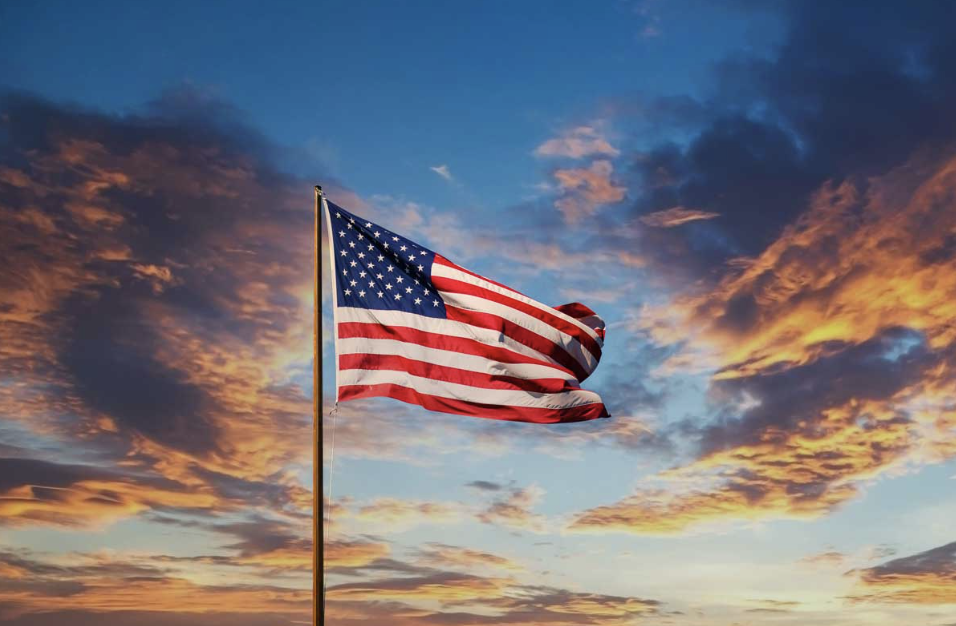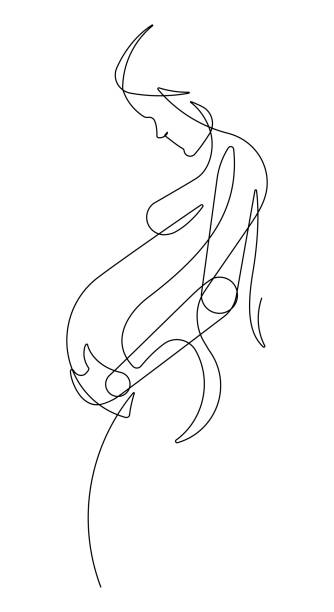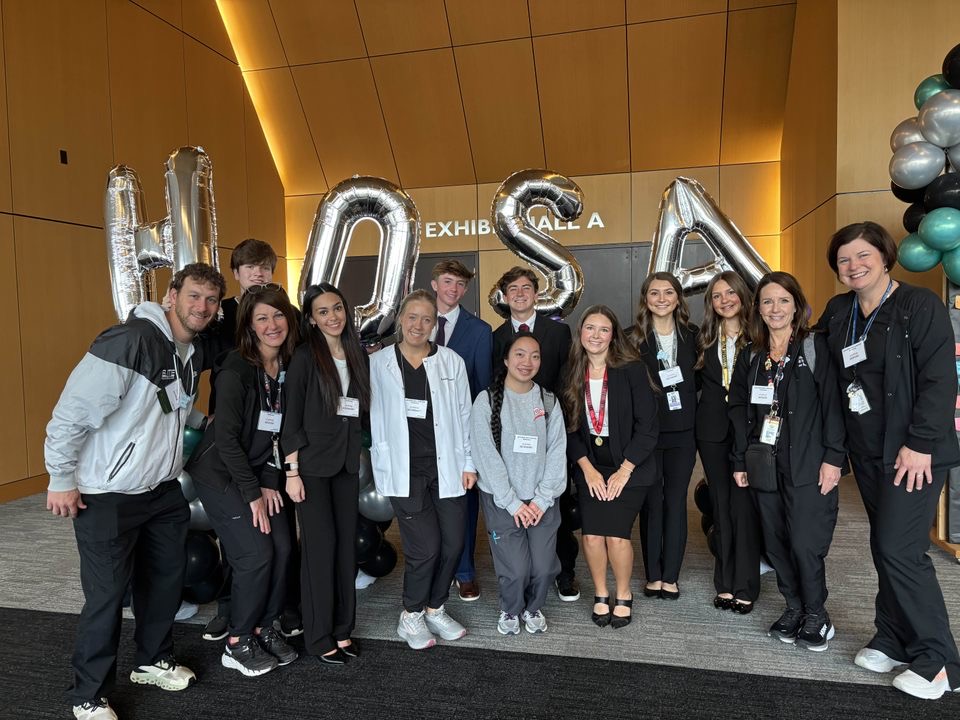Think back to the last time you picked up a leisure book. For some of us it might have been back in middle school, but for others, it could have been yesterday. Although more books are becoming banned, the hobby of reading has recently grown in popularity. The books that areas have access to could potentially affect what books people read as well as how often they read. Due to book banning for reasons such as content warnings for violence, corrupt government, explicit content, etc., many books are taken off of shelves. Although many are not aware that books can be banned, others, including myself, feel that book banning is pointless.
When people decide what books are going on the next banned books list, what is considered? Do they think about the lessons learned? Or, do they consider that people may actually enjoy the book? I believe that when a book is considered for banning, not all of these factors are looked at. Let’s look at an example of this. The Hunger Games by Suzanne Collins, a very popular series of novels, was banned for multiple reasons, but one of the most common is the “excess” violence in the book. Even though this book is loved within pop-culture, officials still feel that the book should be banned for this reason. And what, exactly, was the outcome of reading this book? Nothing. Absolutely nothing. This content warning does not affect the masses who read and adore the novel. I’d say that the fear of books like this “corrupting” and “influencing” the children of our community isn’t a real concern when there has been no real evidence of this happening.
Books of all varieties are banned, but the reasons differ. They’re set in place to stop kids from reading “dangerous” content. But the effectiveness of these book bannings is questioned. If we look at the books some twelve to thirteen-year-olds are currently reading, such as Icebreaker by Hannah Grace, the banned book police are clearly not working. The book has graphic content warnings, but is advertised as suitable for young readers due to a lack of oversight on the contents within. Just because a book, such as the one mentioned above, is banned, that doesn’t stop people from reading it. In fact, I’d say it gives them more motivation to read. People love breaking the rules, don’t they? Book banning is a senseless act that inevitably serves no purpose on most occasions. Sure, it might keep kids from finding a book due to its banning, but it doesn’t stop them from eventually learning about its existence. The act of book banning, although it’s supposed to “protect,” it really does more harm than good. It limits the knowledge that kids have on many topics that are still prevalent in our world today.
The Lorax was banned. If you didn’t know that, now you do. This book, which many of the people in our generation thoroughly enjoy the movie adaptation of, was banned in the late 1980s because it was perceived to paint logging in a poor light and would turn children against the industry. Yes, you did read that right. They believed that children would turn against the forestry industry. Keep in mind that these kids were probably no more than seven or eight years old, and adults thought they were worried about logging. How many have watched The Lorax and thought, “Oh, logging is a terrible thing. I’m going to cause an uprising!”? My guess is practically no one. So why exactly was this book taken off the shelves? I couldn’t tell you. Just another amazing example of why book banning is a flawed practice.
When a book is taken out of reach, it limits the literary resources people have access to. In our society, reading is now becoming increasingly recommended by many people. Yet, officials still ban books, therefore taking our resources. This is contradictory to the goal they strive for within society. Sure, some of the topics in books aren’t suitable for all ages, but don’t take those books from the people who are more than old enough to understand the content. And if the messaging is so subtle that even the author doesn’t notice, maybe they’re just digging too deep into something that’s not there. Surprisingly, Captain Underpants is being banned. These are books that many grew up with and learned to love. The kids in the next generation might not get this luxury. This is frustrating because books that shaped our childhood and the kids growing up right now might not be known by subsequent generations. This is only because they no longer have access to these books in their schools.
The true issues within these books are still heavily debated. Is there a problem that is so pressing that it makes the book worthy of being on the banned books list? If you walk into bookstores, like our local Barnes & Noble in Flowood, you’ll see numerous tables promoting books in the process of being banned. They do this to advertise the titles we may no longer have access to once they’re officially on the list. Some of these books include, but aren’t limited to, The Perks of Being a Wallflower, Thirteen Reasons Why, The Kite Runner, The A Court of Thorns and Roses series, and The Color Purple. These are all unique titles that have a story deserving of being recognized for their greatness, not what people think is wrong with them. So, go read banned books. It might just be worth it.
Link to Challenged & Banned Books List from Barnes & Noble: https://www.barnesandnoble.com/b/banned-books/_/N-rtm









